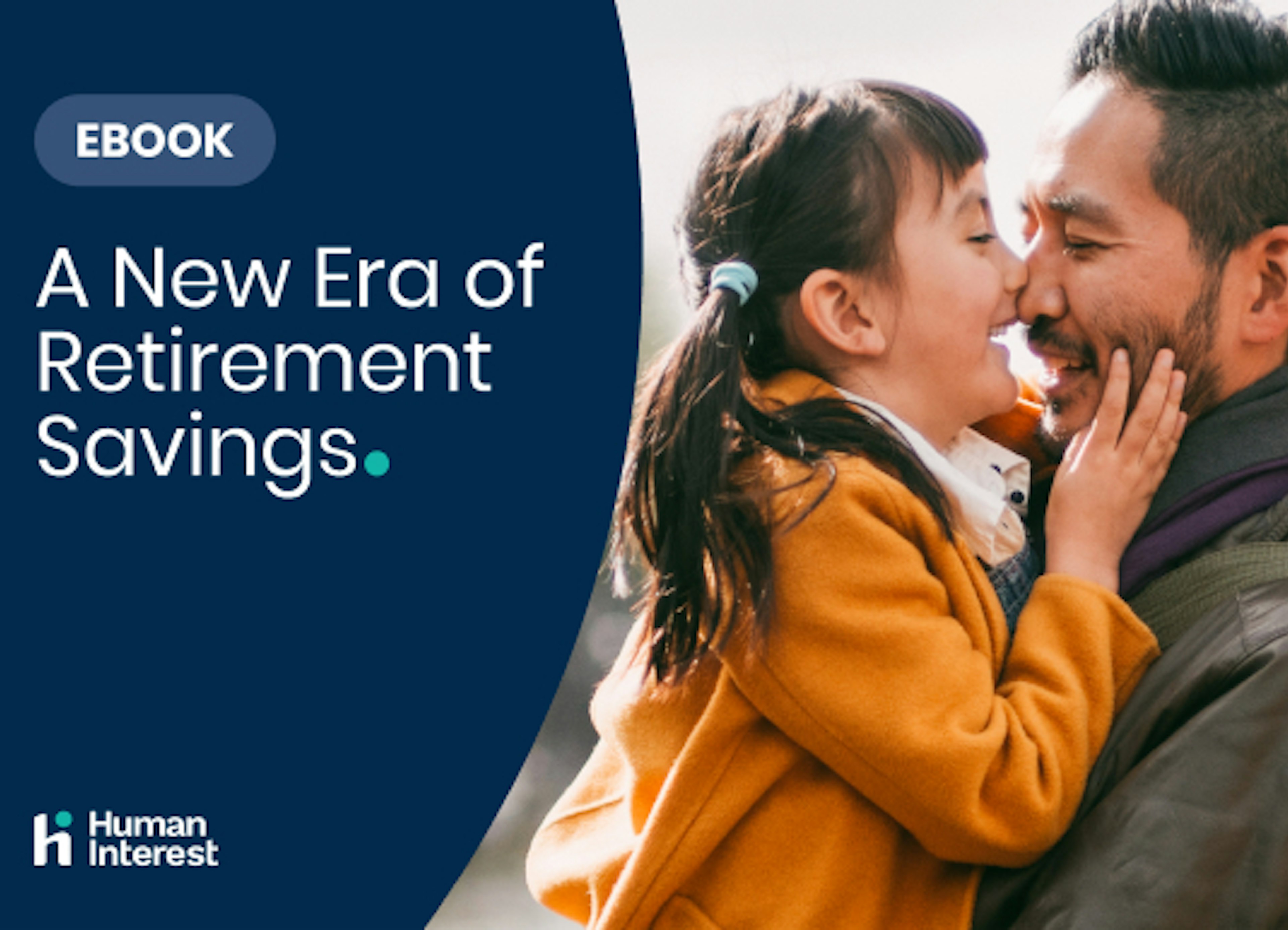39% of small business owners are not confident they’ll be able to retire before 65. In a 2018 study, the majority of surveyed SMB owners said that simply being able to save more would increase their confidence about retirement. Additionally, 15% said that nothing would make them more confident about retirement and 8% believe better retirement tools would help them better understand retirement expenses.
Like anything else in life, if you don’t make planning for retirement a goal, you may end up short. These five retirement tips can help small business owners plan for retirement.
Retirement tip #1: Figure out who will take over the business
A major component of your future retirement goal: What will happen with your business when you’re ready to retire? Many small business owners cease operations upon retirement. Others transfer ownership to family members. The lucky few have a profitable operation. Before setting up your retirement goal, get your succession plan in order. Determine whether your business will offer income in retirement or not. A savvy friend sold his heating and air conditioning firm upon retirement and then continued to work at the company part-time for several years. This gave him a lump sum to invest as well as an ongoing income stream for more than a decade. Another contact sold his business on a payment plan and used the monthly checks to supplement his Social Security benefits in retirement.
Retirement tip #2: Set a retirement goal
If you don’t know what your retirement will cost or when you’ll retire, you have no way to figure out how to get there. The simplest way to set up a retirement goal is to calculate your expected retirement expenses; food, housing, leisure, transportation, health care, etc. Next, figure out your expected retirement income. Access the Social Security site to approximate your future benefit. Consider any additional pensions or ongoing proceeds from your business. Next, subtract your expected expenses from the anticipated income and the difference is how much additional money you’ll need to self-fund. For example, if you project your cost of living in retirement to be $60,000 per year and your Social Security income to be $35,000 per year, then you’ll need to self-fund an additional $25,000 per year.
Retirement tip #3: What's your retirement number?
Once you understand approximately how much money you’ll need to supplement your existing retirement benefits, you need to calculate how to generate that extra cash. For example, if you need to self-fund approximately $25,000 per year, you’ll plan backwards to determine how much in savings you might need upon retirement to achieve that goal by investing. For example, if you have $650,000 at retirement and keep that pool of money invested in 50% stock funds and 50% bond funds, then you can withdraw approximately $2,058 per month for 30 years (Vanguard retirement withdrawal calculator). Not sure you’ll hit that $650,000 target? Consider supplementing income with some part-time work or a side gig.
Retirement tip #4: SEP IRA vs. Self-Employed 401(k) vs. Simple IRA vs. Traditional 401(k)?
Now that you have an estimate of how much money you’ll need in your investment account at retirement, it’s time to figure out how to get there. The government has created several retirement plans for small business owners:
SEP IRA
Self-Employed 401(k)
Simple IRA
This step requires some study, and as with all government programs, there’s a degree of complexity to understand. Regardless of whether you have no employees or one hundred, you have access to special retirement saving methods. When exploring the options, consider the major benefits of a retirement plan. First and foremost, all plans allow your invested money to grow tax-free. That means over time, you’ll have the opportunity to grow your resources more quickly than if the capital gains, interest, and dividends are taxed every year. Next, many plans allow retirement plan contributions to be deducted from your taxable income, thus reducing taxable income in the year the money is invested in the plan. Following is a break-down of your retirement plan choices:
| SEP IRA | Self-Employed 401(k) | Simple IRA | Traditional 401(k) | |
|---|---|---|---|---|
| Who qualifies? | Self-employed individual or small business owners with employees. | Self-employed individuals or self-employed individual’s spouses. You do not have any employees that are not a spouse. | Self-employed individuals or owners of businesses with fewer than 100 employees. | Owners of any type of company. Generally best for firms with 20 or more employees. |
| Plan advantages | Easy setup, with flexible options for funding. | 401(k) with potentially higher contribution limits than SEP, depending on age. | Easy and inexpensive setup. Benefits employees, as employer must contribute to employee account. | Flexible. Employer has the option to contribute on behalf of the employees. |
| Where does money come from? | Only employer contributions. | Employee deferrals and employer contributions. | Employee deferrals and employer contributions. | Employee deferrals and employer contributions. |
If this all seems rather overwhelming, you may want to look to outsourced 401(k) plans, or more generally, outsourced benefits administration.
Retirement tip #5: Make the best investment choices for long-term growth
The previous chart outlines types of retirement accounts, not specific investments. Selecting a type of retirement account is the first part growing your retirement wealth with investing. Next you need to select investments that will grow and compound for your retirement. Depending upon the provider of the account, you’ll have access to various types of mutual and exchange traded funds. Choose a mix of stock and bond funds in which to invest for your future.
Keep in mind that stock funds historically offer greater long term average returns, but they are not without their ups and downs in price. Bond funds have lower average long term annualized growth rate, with accompanying lower price volatility. Think of stock funds as slightly higher risk, higher reward, and bond funds as lower risk, lower reward. In general, investing in lower fee index funds delivers market matching returns and have been shown to beat most actively managed mutual funds.
Small business owners, don’t forget to take care of your own futures while growing your business on a daily basis. The best time to start growing your retirement nest egg is today. Human Interest is an ideal retirement solution for small business owners.
Article By
The Human Interest TeamWe believe that everyone deserves access to a secure financial future, which is why we make it easy to provide a 401(k) to your employees. Human Interest offers a low-cost 401(k) with automated administration, built-in investment education, and integration with leading payroll providers.


